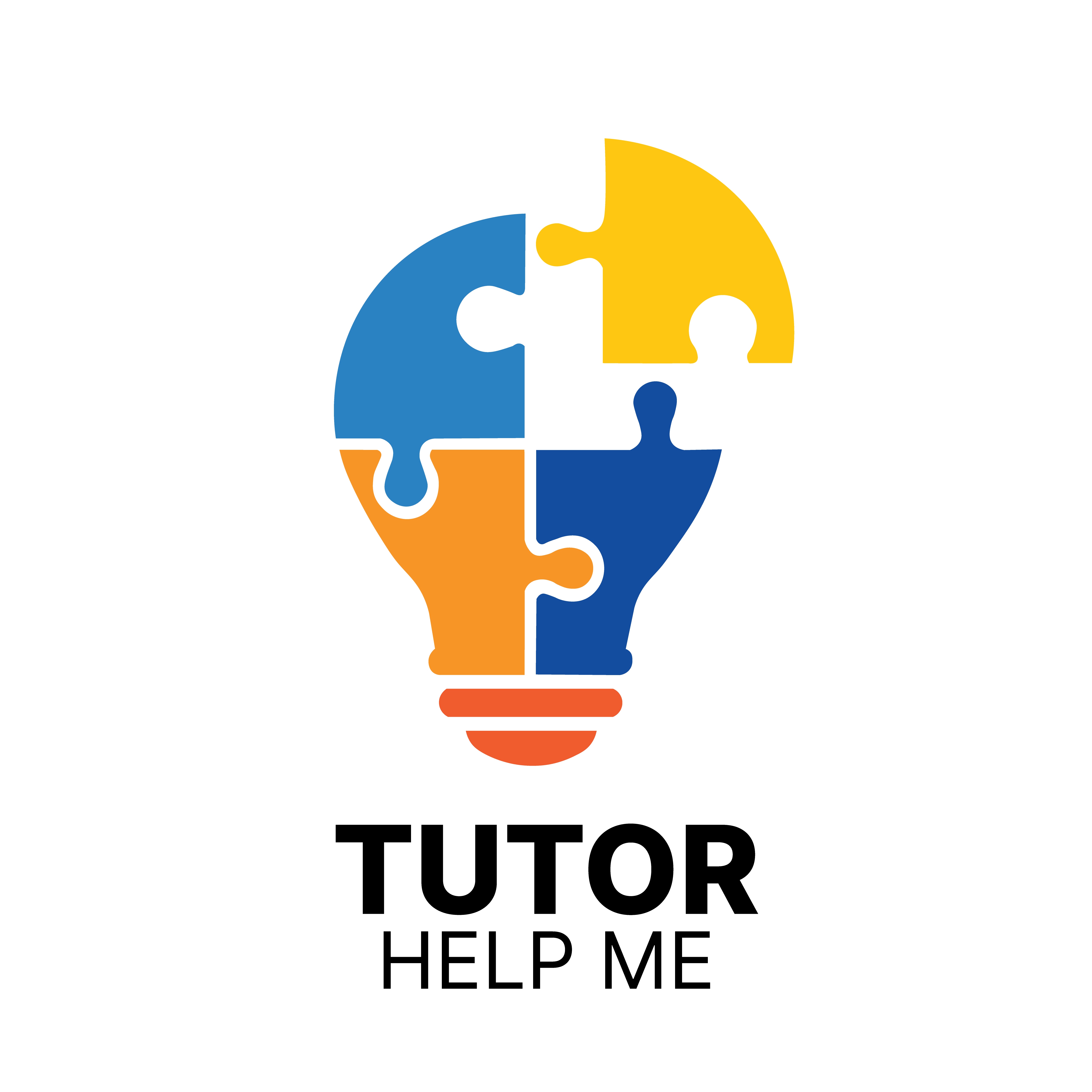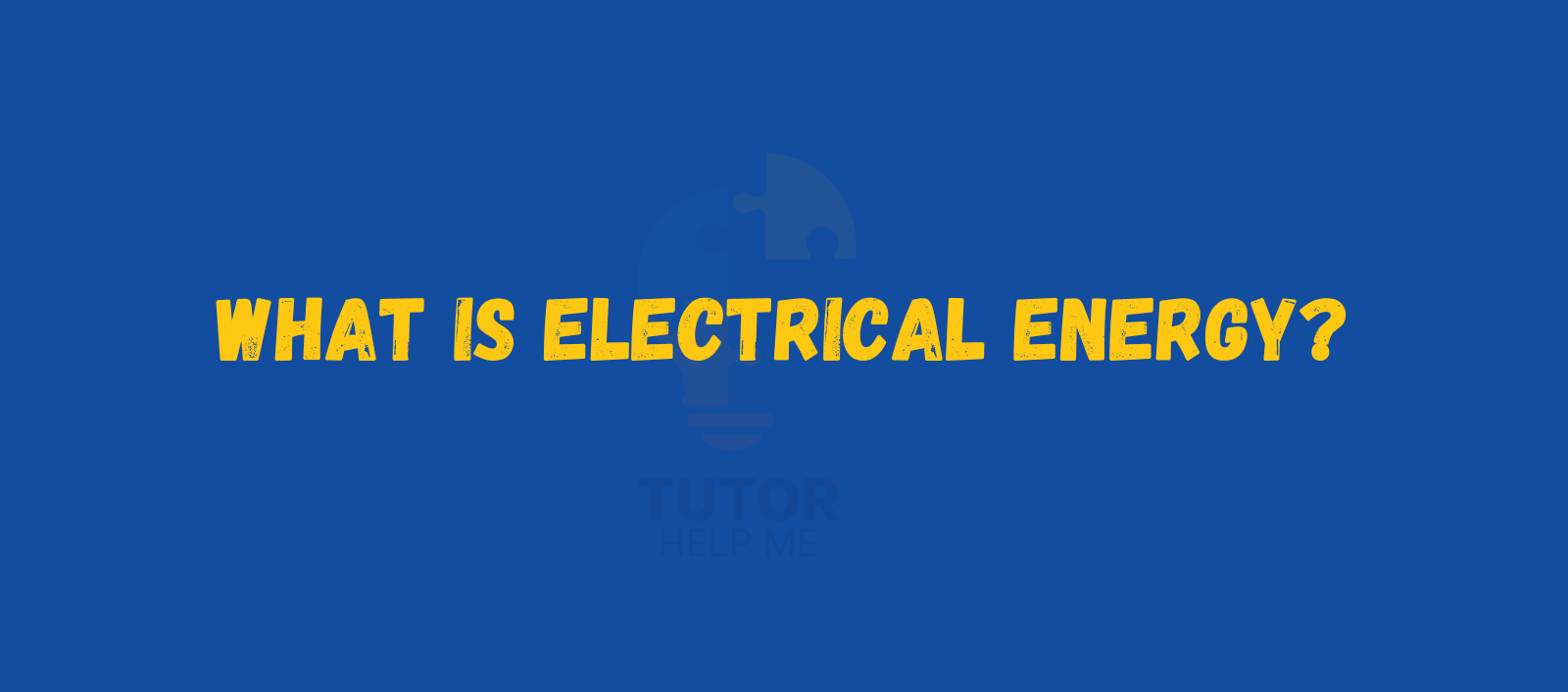Have you ever wondered how your lights turn on with just a switch? Or how your phone charges when plugged in?
The answer lies in electrical energy, one of the most important forms of energy that powers our modern world.
This blog will help you understand what is electrical energy, how it works, how it’s produced, and where it’s used.
We will also explore how electricity changes into other forms of energy in daily life.
Let’s start learning about this powerful form of energy that keeps our world moving.
What Is Electrical Energy?
Electrical energy is the energy created by the movement of electric charges, also known as electrons, through a conductor like a wire.
When electrons move, they create an electric current, which can power devices, machines, and entire cities.
Example:
When you switch on a fan, the flow of electricity makes the blades rotate, converting electrical energy into mechanical energy.
Electrical energy is one of the most useful forms of energy because it can be easily generated, transferred, and converted into other forms like light, heat, or sound.
Electrical Energy Formula
The formula for calculating electrical energy is:
E = P × t
Where:
- E = Electrical energy (in joules)
- P = Power (in watts)
- t = Time (in seconds)
Example:
If a 100-watt light bulb runs for 10 seconds,
E = 100 × 10 = 1000 joules
This means the bulb used 1000 joules of electrical energy in 10 seconds.
Units of Electrical Energy
The SI unit of electrical energy is the joule (J).
However, in homes and industries, energy consumption is often measured in kilowatt-hours (kWh).
1 kilowatt-hour (kWh) = 3.6 × 10⁶ joules
Example:
When your electricity bill shows you used 200 units, it means 200 kWh of energy.
How Electrical Energy Works
Electrical energy works through the movement of electrons in a closed circuit. To understand this, let’s look at the basic principles.
Basic Principles
Voltage (V):
Voltage is the force that pushes electric charges through a conductor. It’s measured in volts (V).
Example:
When you charge your phone, the charger provides a specific voltage to push electrons into the battery.
Current (I):
Current is the flow of electric charges through a wire or circuit. It’s measured in amperes (A).
Example:
A higher current means more electric charges are moving through the wire per second.
Ohm’s Law:
Ohm’s Law defines the relationship between voltage, current, and resistance.
Formula:
V = I × R
Where:
- V = Voltage
- I = Current
- R = Resistance
This law helps engineers design safe electrical circuits for homes, schools, and industries.
How Energy Is Transferred
Electricity travels from one place to another through wires and circuits. It can also change into different forms of energy.
Let’s see how electrical energy converts into other useful forms.
Converting Electrical Energy
Electrical energy is very flexible, it can easily change into heat, light, sound, or mechanical energy depending on the device.
Electrical Energy to Thermal Energy
When electricity passes through a heating element, it converts into thermal (heat) energy.
Example:
An electric iron or a toaster converts electrical energy into heat to warm or cook food.
Real-life uses:
- Water heaters
- Hair dryers
- Electric stoves
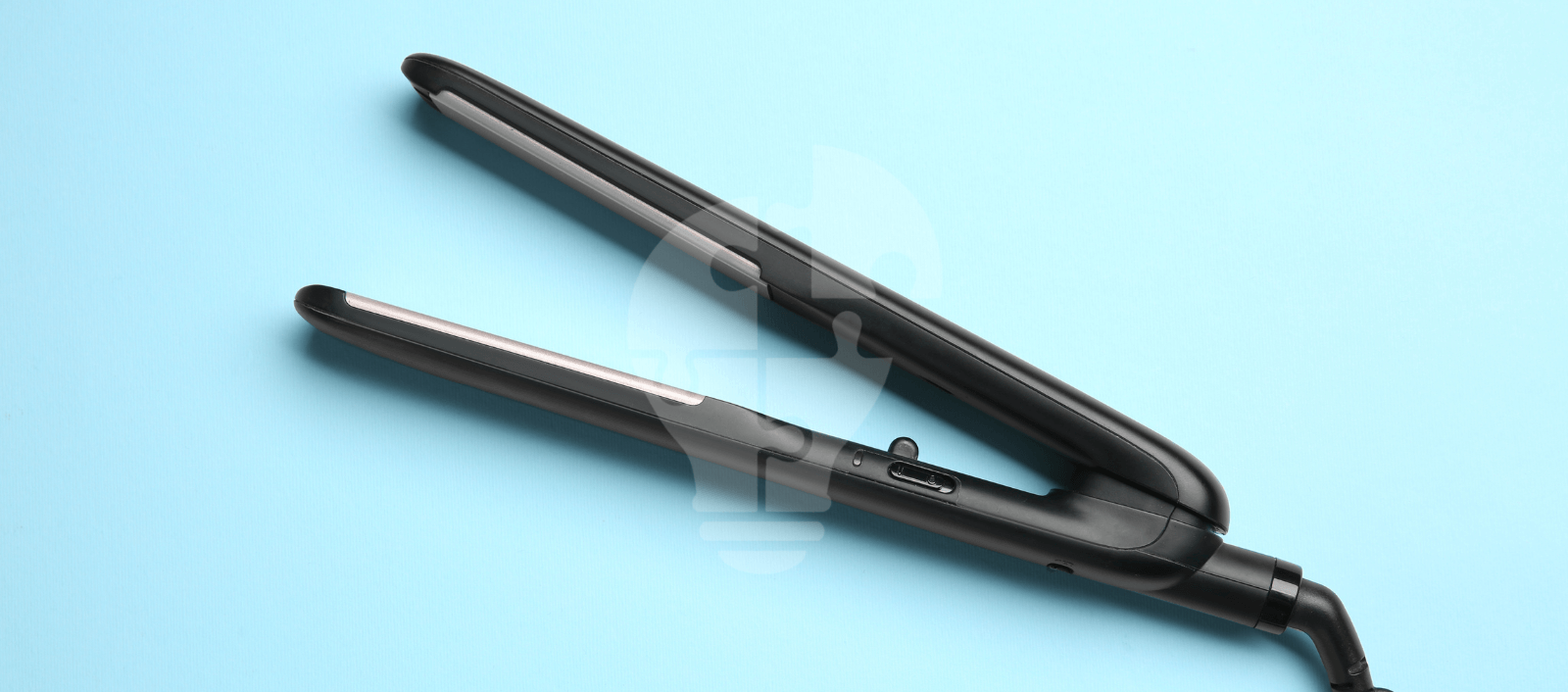
Electrical Energy to Light Energy
Electricity can also be changed into light energy.
Example:
When you turn on a bulb, the filament or LED emits light after receiving electricity.
Applications:
- Street lights
- Traffic signals
- Home lighting systems
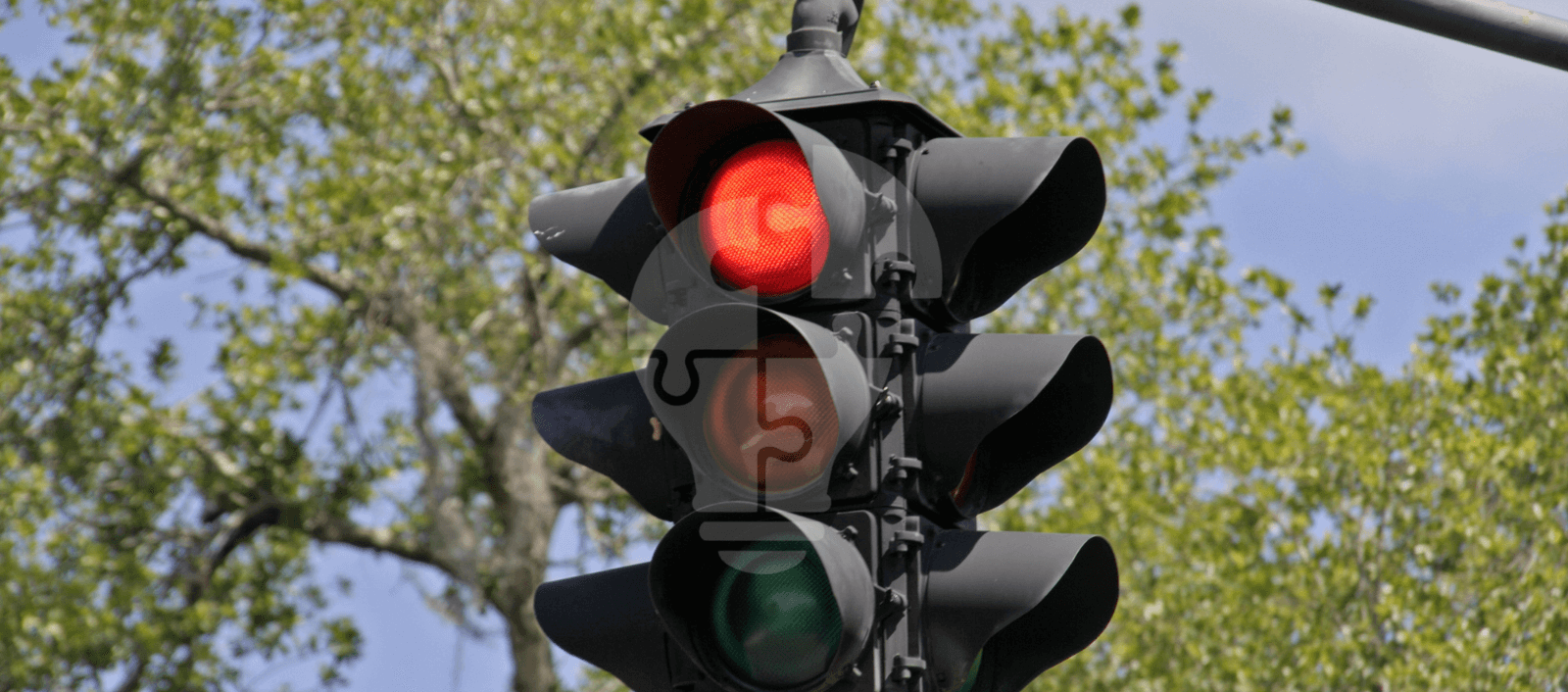
Electrical Energy to Mechanical Energy
Machines often convert electricity into movement, known as mechanical energy.
Example:
Fans, washing machines, and electric cars all use motors that transform electrical energy into motion.
Applications:
- Elevators
- Electric scooters
- Conveyor belts in factories
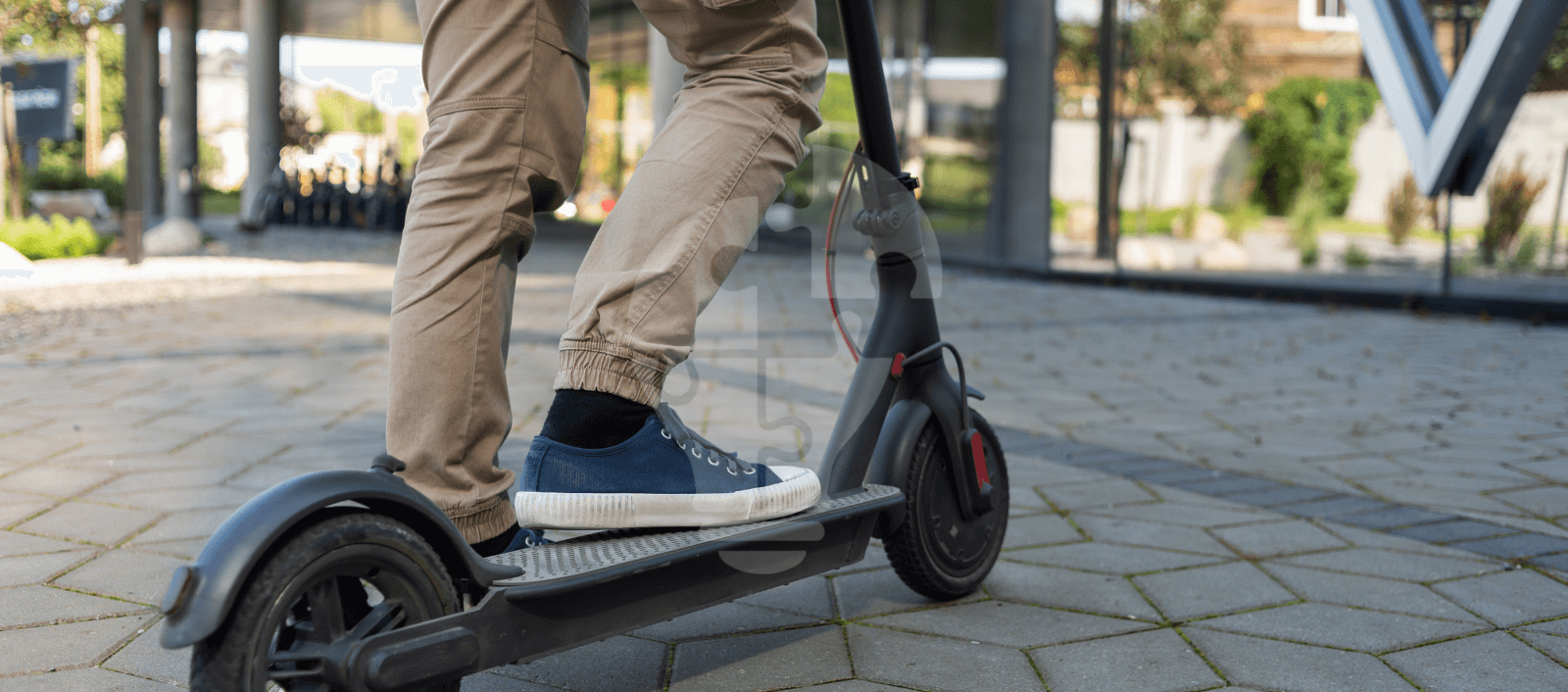
Electrical Energy to Sound Energy
Sound can also be produced from electrical energy.
Example:
When you play music on a speaker, the electric signals are turned into sound vibrations.
Applications:
- Televisions
- Microphones
- Loudspeakers
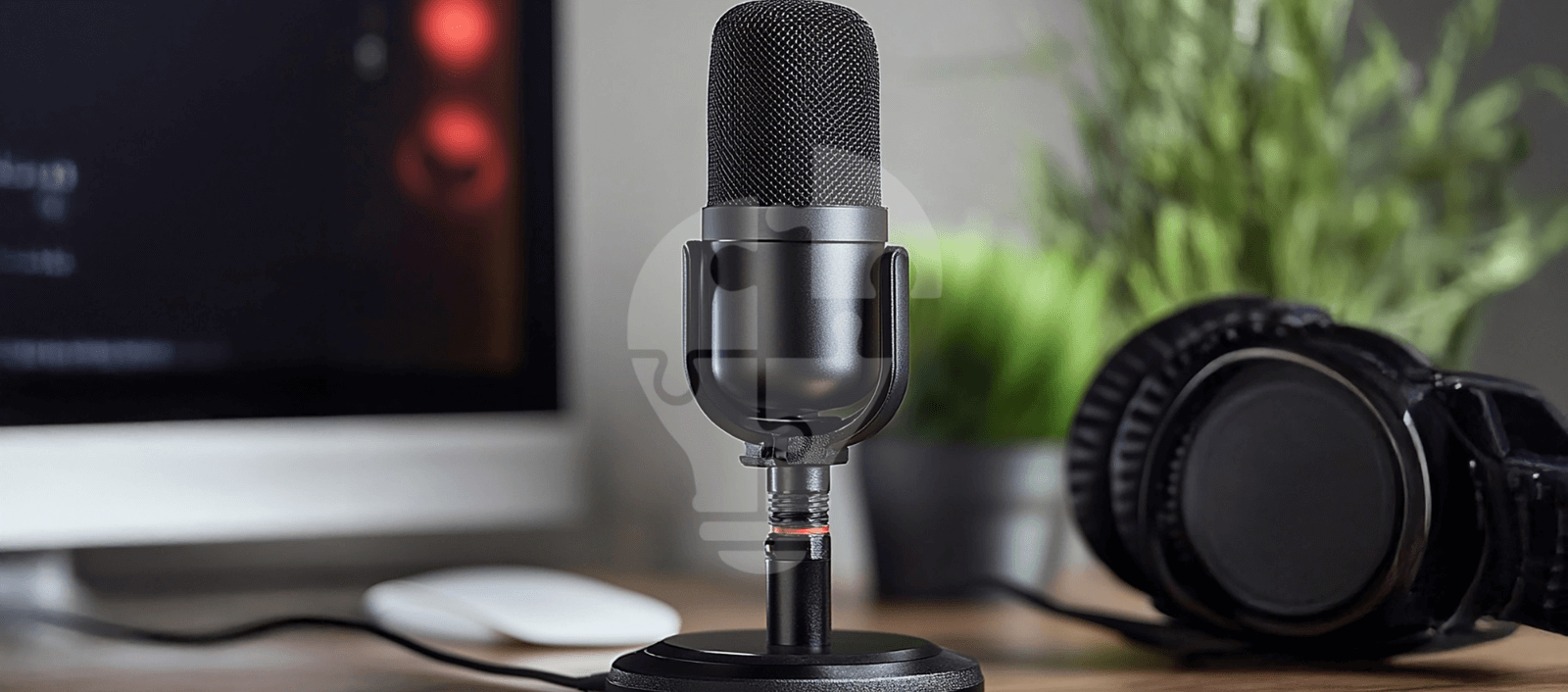
Generating and Transmitting Electrical Energy
Now that you know how electrical energy works, let’s see how it’s produced and delivered to our homes.
Power Generation
Electricity is generated from different sources. These can be renewable or non-renewable.
1. Renewable Sources:
Renewable sources can be naturally replenished and are eco-friendly.
- Solar Energy: Uses sunlight to generate electricity through solar panels.
- Wind Energy: Uses turbines that rotate with the wind.
- Hydropower: Uses flowing water to spin turbines in dams.
- Geothermal Energy: Uses Earth’s internal heat.
Example:
In the UK, wind farms and solar power plants generate large amounts of clean electricity.
2. Fossil Fuels:
Fossil fuels such as coal, oil, and natural gas are burned to produce heat, which generates electricity.
Example:
A thermal power plant burns coal to produce steam that spins turbines and generates electrical energy.
3. Nuclear Energy:
Nuclear power plants use uranium atoms to produce electricity through nuclear fission. It releases huge energy that powers turbines to generate electricity.
Example:
France and the UK generate a large portion of their electricity from nuclear energy.
Transmission and Distribution
Once electricity is produced, it must reach homes, schools, and businesses safely and efficiently.
1. Transmission:
Electricity travels through high-voltage power lines to cover long distances from power plants to cities. In transmission, high voltage is used to minimize power.
2. Step-Down Process:
Before reaching homes, the voltage is reduced using step-down transformers to make it safe for appliances.
3. Distribution:
Finally, electricity flows through local lines into homes and buildings where it powers devices.
What Are Some Examples of Electrical Energy?
Here are a few examples of electrical energy in everyday life:
- Television: Converts electrical energy into light and sound energy.
- Refrigerator: Converts electrical energy into cooling energy.
- Electric Fan: Converts electrical energy into mechanical energy.
- Microwave: Converts electrical energy into heat energy to cook food.
- Laptop and Mobile: Converts electrical energy into digital processing power.
- Washing Machine: Converts electrical energy into mechanical motion to clean clothes.
Importance of Electrical Energy
Electrical energy plays a vital role in modern life.
- It powers homes, offices, and industries.
- It enables communication through phones and computers.
- It supports healthcare through machines and equipment.
- It helps in transportation like electric trains and vehicles.
Without electrical energy, modern life would come to a halt.
Advantages of Electrical Energy
- Easy to produce and transmit
- Can be converted into other forms easily
- Clean when produced from renewable sources
- Efficient and reliable for daily use
Disadvantages of Electrical Energy
- High setup cost for power plants
- Power loss during transmission
- Environmental issues when using fossil fuels
- Dependence on constant supply
Interesting Facts About Electrical Energy
- Lightning is a natural form of electrical energy.
- Electric eels can generate up to 600 volts of electricity.
- Benjamin Franklin discovered electricity using a kite experiment.
- The first power plant was built by Thomas Edison in 1882.
Conclusion
Electrical energy is one of the most essential forms of energy in our daily lives. It powers everything from the smallest gadget to the largest factory. Understanding what is electrical energy , how it works, and how it’s generated helps us use it safely and efficiently.
With the growing demand for clean and renewable electricity, we move closer to a sustainable future powered by smart, eco-friendly energy solutions.
Read More What is Energy? Forms & Types of Energy
FAQs
Q1: What is electrical energy in simple words?
A: Electrical energy is energy created by moving electric charges through a wire or circuit.
Q2: How is electrical energy produced?
A: It’s produced by generators using sources like wind, water, solar, or fossil fuels.
Q3: What are 5 examples of devices that usr electrical energy?
A: Light bulbs, fans, microwaves, televisions, and computers.
Q4: What is the formula for electrical energy?
A: E = P × t (Energy = Power × Time).
Q5: What unit is used for electrical energy?
A: The joule (J) or kilowatt-hour (kWh).
Q6: Can electrical energy be stored?
A: Yes, in batteries or capacitors.
Q7: How does electrical energy travel?
A: Through wires and transmission lines in a closed circuit.
Q8: What are renewable sources of electrical energy?
A: Solar, wind, hydropower, and geothermal sources.
Q9: What is Ohm’s Law used for?
A: It helps calculate voltage, current, and resistance in a circuit.
Q10: Can electrical energy be converted?
A: Yes, into light, heat, mechanical, or sound energy.
Q11: What is the importance of electrical energy?
A: It powers almost all devices and supports daily life.
Q12: Who discovered electricity?
A: Benjamin Franklin is credited with discovering electricity.
Q13: Why is electricity dangerous?
A: Because high voltage can harm living beings.
Q14: How does a power plant generate electricity?
A: By spinning turbines connected to generators.
Q15: What is the difference between voltage and current?
A: Voltage pushes the charges; current is the flow of charges.
